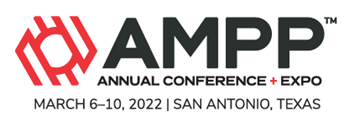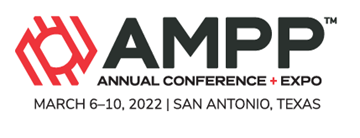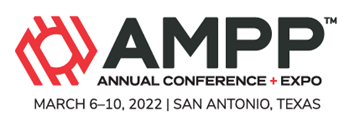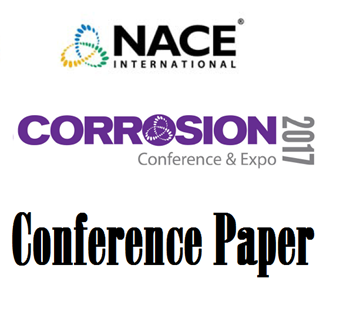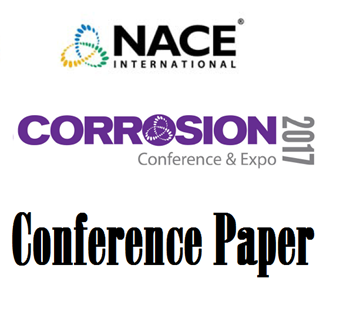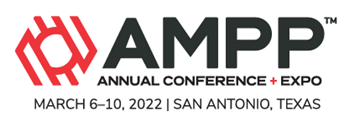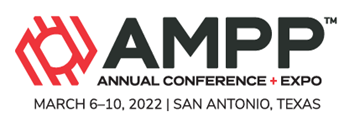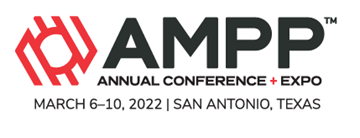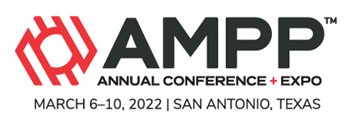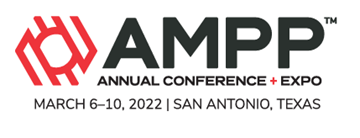Search
Corrosion Monitoring and Control
View as
Sort by
Display
per page
Effect Of H2S On The Performance Of Welded 13% Cr Steel In Supercritical CO2
Product Number:
51322-17886-SG
Publication Date:
2022
$20.00
Effect Of Hydrophobic Interaction On Corrosion Inhibitor Efficiency
Product Number:
51322-17597-SG
Publication Date:
2022
$20.00
Effect Of Inhibitor Component On Inhibitor Efficiency - Inhibitor Types And Intensifier-
Product Number:
51322-17791-SG
Publication Date:
2022
$20.00
Effect of Microstructural Particularities on the Corrosion Resistance of Nickel Alloy UNS N07718 – What Really Makes the Difference
Product Number:
51317--9068-SG
ISBN:
9068 2017 CP
Publication Date:
2017
$20.00
Effect of Microstructure on the Corrosion Resistance of Super Duplex Stainless Steels: Materials Performance Maps
Product Number:
51317--8923-SG
ISBN:
8923 2017 CP
Publication Date:
2017
$20.00
Effect Of N-Furfuryil-Aniline And N-Furyl-C-Phenyl-Nitrone On Corrosion Inhibition Of Low Carbon Steel In 3% Nacl
Product Number:
51322-18167-SG
Publication Date:
2022
$20.00
Effect Of Organic Acids In Pyrolysis Oils On The Corrosion Of Constructional Materials For Oil Storage And Transportation
Product Number:
51322-18054-SG
Publication Date:
2022
$20.00
Effect Of Relative Humidity And Galvanic Couples On Stress Corrosion Cracking Of High-Strength Aluminum Alloys
Product Number:
51322-18015-SG
Publication Date:
2022
$20.00
Effect of Residual Copper, Nickel, and Chromium on the Corrosion Resistance of Carbon Steel in Hydrofluoric Acid Alkylation Services
Product Number:
51393-93623-SG
Publication Date:
1993
$20.00
Effect Of Soil Environment On Hydrogen Embrittlement Behavior Of X60 Steel
Product Number:
51322-17705-SG
Publication Date:
2022
$20.00
Effect Of Temperature On Inhibition Efficiency And Data Analysis With Different Adsorption Isotherms
Product Number:
51322-17895-SG
Publication Date:
2022
$20.00
Effect Of Varying H2S Content On High Temperature Corrosion Of Austenitic Alloys In A Pyrolysis Process Of Post-Consumer Plastics
Product Number:
51322-17552-SG
Publication Date:
2022
$20.00

